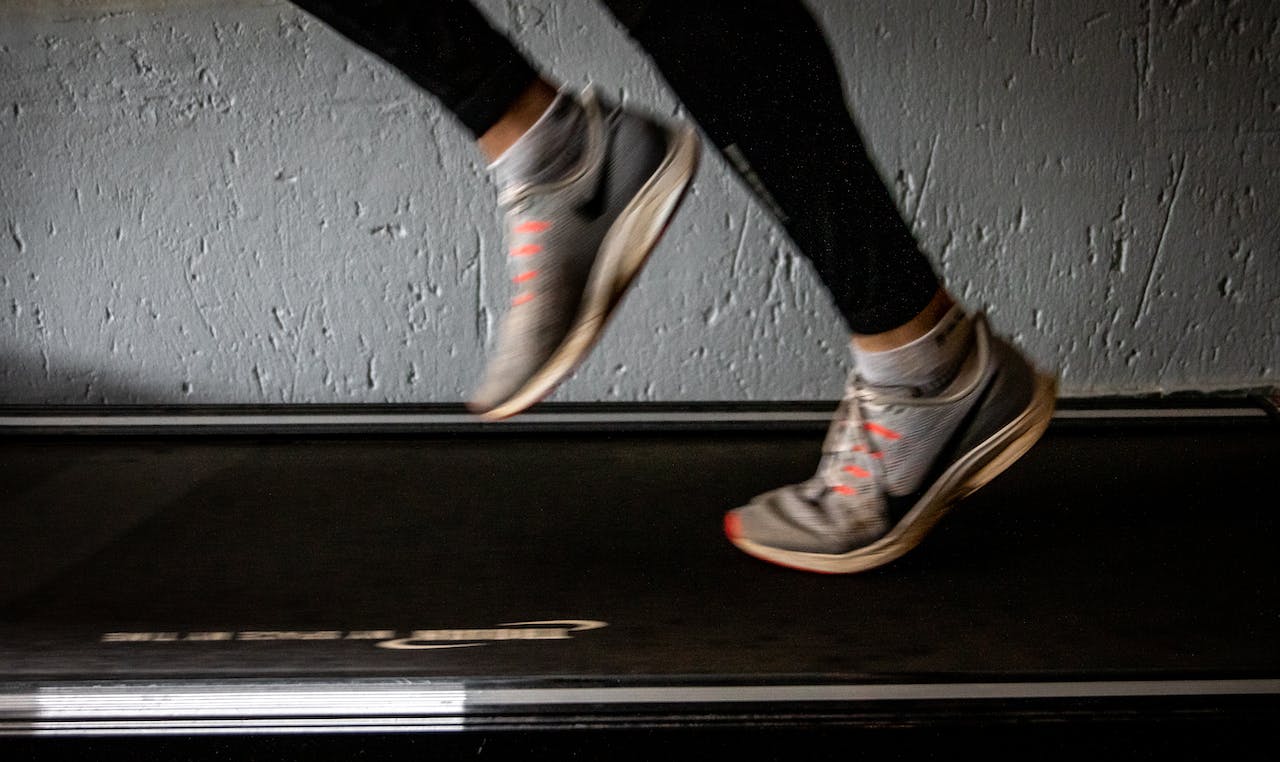
Pros and Cons of “Active Office” Gadgets
In today’s fast-paced work environment, the adverse effects of prolonged sedentary behavior are becoming increasingly evident. Numerous studies have sounded the alarm on the health implications of sitting for extended periods, pushing businesses to reconsider the design and functionality of the modern workspace. In response, a slew of “active office” gadgets have flooded the market, promising to revolutionize our work habits and promote better health.
Yet, with innovation comes the inevitable question: do these tools genuinely deliver on their promises, or could they inadvertently hamper productivity? The line between active engagement and distraction can be thin. As we delve into this article, we’ll critically examine the latest research on these trending solutions, guiding you through the pros and cons of each. So, stay with us to make informed decisions that best suit your office environment.
Related Link: Are Your Feet Supported When You Sit In Your Chair?
How Can I Be More Active at My Desk Job?
In today’s evolving workspace, there are numerous methods to incorporate activity even within the confines of a desk job. By integrating certain practices or gadgets into your daily routine, you can effectively reduce the time spent in a sedentary posture. Simple actions, like adopting active sitting practices or fidgeting, can surprisingly make a difference. For instance, set a reminder to stand, stretch, or walk around for a couple of minutes every hour. Make it a routine to refill your water bottle or take short walks during calls, providing added opportunities for movement. Additionally, consider using tools that promote movement, such as adjustable height workstations that allow you to switch between sitting and standing every 20 – 30 minutes. Or seated bike pedaling. The key is not to remain seated for extended periods, but to intersperse periods of activity throughout the day, ensuring better health and increased focus, making your workday both productive and health-conscious.
Looking for ways to optimize your work environment? Message us today.
What Are the Potential Benefits of Active Workstations?
Active workstations, when used correctly, can potentially introduce several advantages to the user. Firstly, they combat the pitfalls of prolonged sitting, which studies suggest might be detrimental to health. By offering dynamic alternatives to the conventional static desk setups, active workstations aim to bring a wellness-centric approach to our daily professional lives. With options to adjust heights or add movement, these workstations can encourage better posture and reduce musculoskeletal discomfort. Secondly, by promoting regular shifts in posture and incorporating breaks, active workstations can enhance blood circulation, which in turn might boost energy levels and concentration. This may lead to not only improved physical health but also enhanced mental clarity and focus. Lastly, the mere act of standing or slight movement can increase calorie burn, offering some metabolic advantages and contributing to overall well-being.
Should You Use an Active Workstation at Home?
Using an active workstation at home might be a wise decision for those who find themselves spending significant hours at a desk. Given that our homes often lack the ergonomic setups found in professional office spaces, height-adjustable workstations can offer a flexible solution to maintain good posture (particularly for those who are not “average” height) and reduce sedentary behavior. , On the other hand, in a home environment, you may have more liberty to take breaks, move around, or even engage in short exercises during breaks or outside of work hours, making the integration of active gagdets such as seated bike pedals, balance boards, strength bands, and stability balls easy. . These ideas are a great way to blend work-life balance, ensuring that while you’re productive, you’re also taking steps towards healthier living.
Related Link: The Future of Office Work
What Are Three Examples of ‘Active’ Workstations?
Adjustable Height Workstations: These desks offer the flexibility to adjust heights, allowing users to alternate between sitting and standing. They have gained significant popularity due to their user-friendly nature and the immediate relief they provide from long hours of sitting. As research shows, while many might not frequently use the standing option, the mere availability to change postures can be beneficial, provided there’s a conscious effort to shift positions every 20 – 30 minutes. It is important not to statically stand more than half of an 8-hour shift.
Treadmill & Cycling Desks: As the names suggest, these workstations incorporate a treadmill or a cycle, enabling users to walk or pedal while working. The idea is to incorporate movement into tasks that might otherwise be sedentary. While these may sound intimidating at first, with gradual adaptation, they can become a regular part of one’s work routine, effectively blending fitness with work. The key is to use these intermittently if and when they won’t interfere with your fine motor tasks, reading, or breath control while talking.
Balance Boards & Stability Balls: These gadgets focus on core strengthening and balance. While balance boards challenge stability, promoting subtle movements to maintain equilibrium, stability balls can serve as dynamic seating options, engaging core muscles. Both tools aim to keep the body engaged, thereby reducing the lethargy associated with static postures. However, these tools are generally not recommended for a corporate environment. Stability balls can be used very sparingly while working if they are in good condition and appropriately inflated. Balance boards create fall risks and are only recommended outside of work hours.
Are ‘Active’ Workstations Worth It?
The worth of active workstations largely depends on individual preferences and the nature of one’s job. For many, the potential advantages of reduced sedentary behavior, improved posture, and potential health benefits make the investment worthwhile. However, it’s essential to recognize that the efficacy of these workstations hinges on correct usage. A holistic approach, combining active workstations with regular exercises and breaks, maximizes their benefits. Merely owning an adjustable desk or a treadmill desk doesn’t guarantee benefits; it’s the conscious effort to incorporate movement and maintain ergonomic postures that makes a significant difference, potentially transforming your work experience and your health.
What Are the 3 Main Problems Encountered in Using ‘Active’ Workstations?
- Diminished Productivity with Multitasking: Especially with treadmill and cycling desks, there’s a potential for reduced productivity. As the brain is tasked with managing movement and work simultaneously, it may struggle to give full attention to either, leading to potential inefficiencies. This can be especially challenging when performing tasks that require intense concentration or precision.
- Fatigue and Poor Posture: Balance boards and stability balls can be fatiguing if used for extended periods. Once the core muscles tire, there’s a tendency to adopt poor postures, which might negate the benefits and introduce strains. It’s essential to understand your body’s limits and use these gadgets in moderation, ensuring breaks to recuperate. Balance boards create fall risks and are only recommended outside of work hours.
- Misalignment with Workstation: Especially concerning stability balls and balance boards, there’s a risk of them being too low or too high. This misalignment can lead to awkward postures, resulting in leaning or pressure points, potentially causing discomfort. Regular adjustments and ensuring the right fit are crucial to maximize the benefits and minimize potential drawbacks.
Do you want to learn more about ergonomics practices to help optimize your work environment? Learn more on our blog today.
Making the Right Choice: Understanding Active Office Gadgets
In the rapidly evolving realm of office ergonomics, active office gadgets promise a transformative shift away from static work routines. The myriad benefits they offer, ranging from improved posture to potential metabolic advantages, are indeed enticing. However, as with all innovations, they come with their set of challenges. It’s imperative to weigh the pros and cons of these tools to determine their suitability for one’s specific needs. With proper implementation, these gadgets can seamlessly blend work and well-being. To make the most informed decision, seeking professional guidance is often beneficial. Check out ErgoFit Consulting to see how we can help you optimize your office work environment, ensuring a blend of productivity and health.
Related Link: Base Level of Fitness Goes Beyond Injury Prevention
